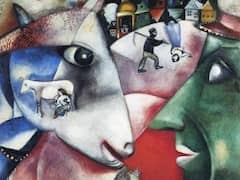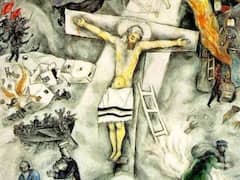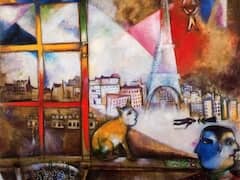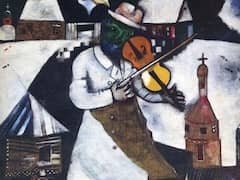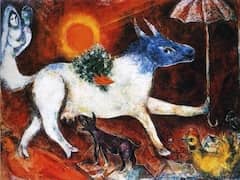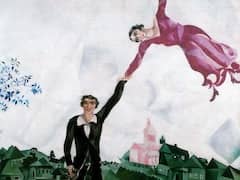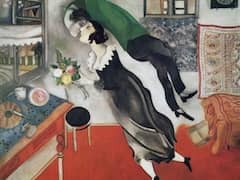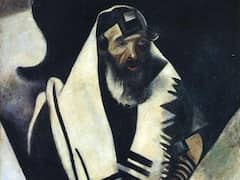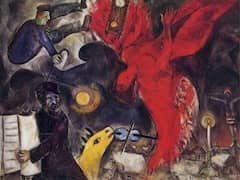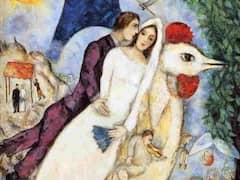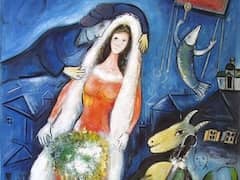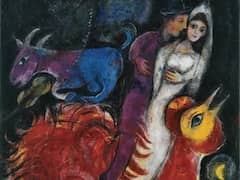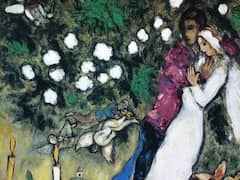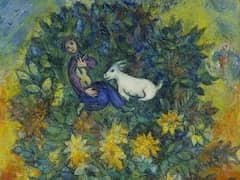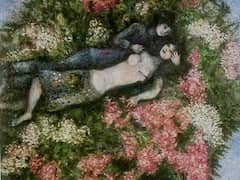Equestrienne, 1931 - by Marc Chagall
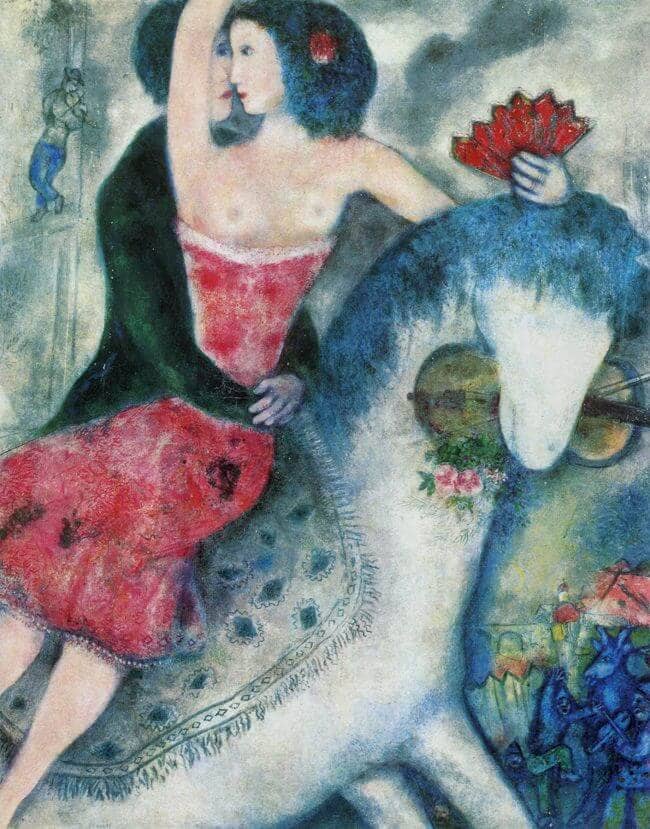
Compared with the previous grotesque circus scenes, the circus theme here is rendered in thoroughly classical style. The cautious handling of color to capture the delicacies of tone has also had an effect on the subject matter.
Beauty, elegance, and a certain sweetness, all of which were looked upon with suspicion by the young Chagall during his early Parisian years, now became meaningful key words for him as his understanding of French tradition
deepened. Similarly, he now came to recognize the word "decorative," of which a master such as Henri Matisse was not in the least afraid, as something of positive value.
Chagall was living through a very happy period in those days. Theaters, concerts, and the mundane social life brought him into close contact with the fashionable society of Paris. He enjoyed this side of cosmopolitan life, which
was something new to him, and as he was now a celebrated painter he could feel part of the artistic elite of this city which set the tone for the rest of the world. This too is reflected in the elegance of the picture here.
The graceful girlish figure of the circus horsewoman, who, with the soft pink of her embroidered dress and the red of her fan, sets the only higher color accents in the scene, poses calmly on the richly decorated saddlecloth of
her white horse. It is a true fairy steed with the precious burden of a beautiful princess on its back, such as we may imagine from the Arabian Nights. With its gently bowed head it holds a garlanded violin. The rider herself is
being embraced by her young lover, who is wearing a green velvet coat; thus the theme of the loving pair, which haunted Chagall's art throughout the years and even turned up in the flower pieces as if in a secret love nest, is
touched on again in this extraordinary setting. The double figure on the broad back of the horse fills almost the entire picture plane. At the upper left near the edge of the picture, standing on some scaffolding which might also
be a window frame, the small figure of a peasant fiddles a love tune; in the lower right in the moonlight is the scene of a village where a grotesque trio of man, cow, and cock make music for an exuberantly leaping clown.

